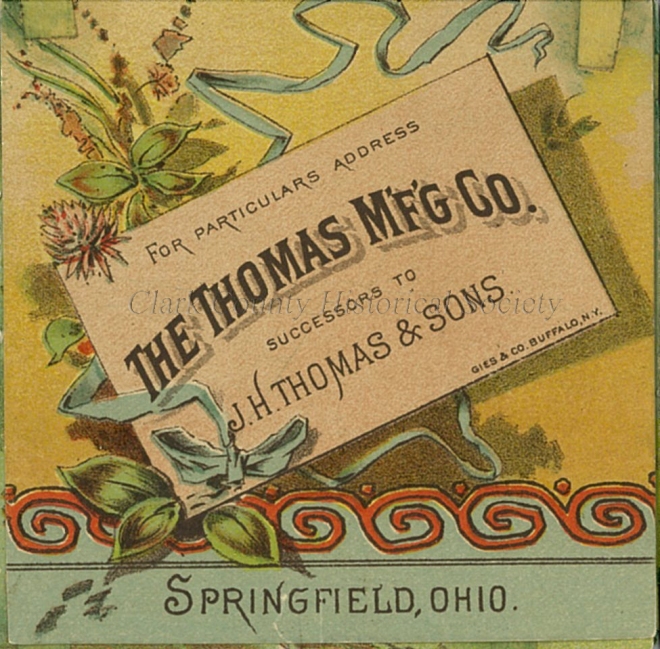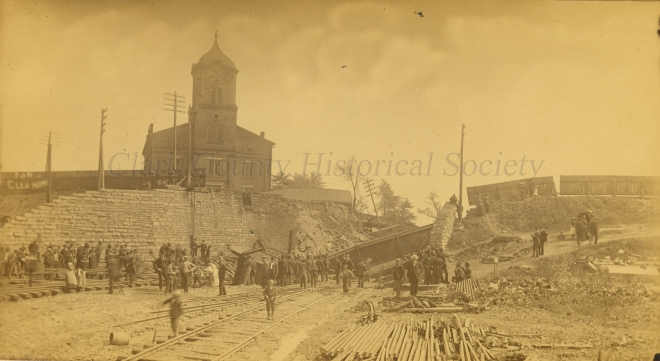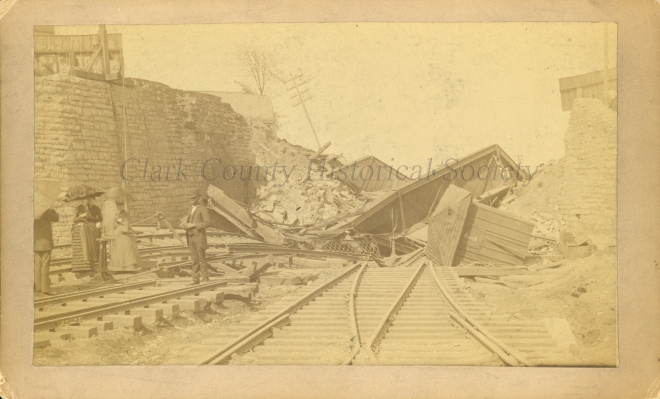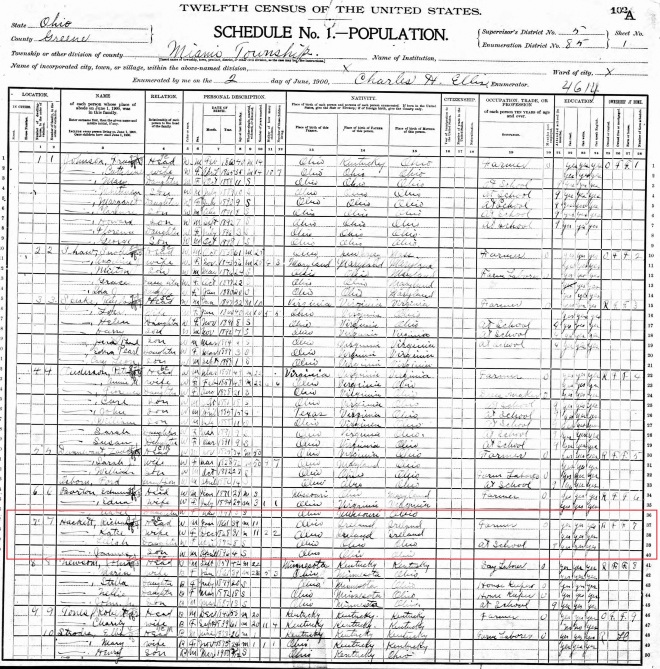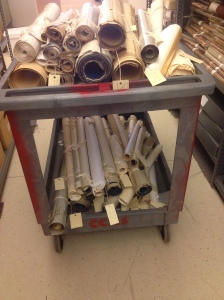 The Clark County Historical Society is sponsoring a local I Found It In The Archives essay and video contest to raise awareness for archives and to show how the items and information found in the nation’s archives touch peoples’ lives. We are seeking entrants who have found something special in our collections here at the Heritage Center in our library and archives.
The Clark County Historical Society is sponsoring a local I Found It In The Archives essay and video contest to raise awareness for archives and to show how the items and information found in the nation’s archives touch peoples’ lives. We are seeking entrants who have found something special in our collections here at the Heritage Center in our library and archives.
Did your research here help you break through a brick wall? Did you uncover a really awesome story worth sharing? Was there a particular record, document, photo, or artifact that meant a lot to you? If you answered yes to any of these, you’ve got a great entry in the making!
To Enter: between June 1-30, 2015, we ask that you submit either:
• A 400 word essay describing your quest for information and explaining why finding it has made a difference for you, along with a color photograph of you, OR
• A video of no more than 2 minutes in which you describe your quest for information and explain why finding it has made a difference for you. Please also include a color photo of you with your video submission.
This downloadable entry form and waiver must accompany your entry and can be submitted with the essay or video as an attachment to clarkcountyhistory@gmail.com. You may also mail your entry and the entry form and waiver to our offices at the Heritage Center: Clark County Historical Society ATTN: Archives, 117 S. Fountain Avenue, Springfield, Ohio 45502.
Essays and videos of the finalists in this competition will be posted online for a public vote on our Facebook page. The entry with the most votes will be declared the winner and will receive a prize package:
- One year annual family membership to Clark County Historical Society.
- One year family membership to the Clark County Chapter of the Ohio Genealogical Society.
- Heartland, our museum exhibition catalog and county history.
- Behind-the-scenes tour of the Clark County Historical Society’s collections area and archives.
RULES
You may submit only one entry.
You may submit your entry by email to clarkcountyhistory@gmail.com or mail your entry and entry form and waiver to:
Clark County Historical Society
ATTN: Archives
117 S. Fountain Avenue
Springfield, Ohio 45502
Your entry becomes the property of the Clark County Historical Society. We reserve the right to post your essay and photograph or video online. Materials will not be returned.
TIMELINE
Entries must be received by June 30, 2015.
Finalists will be notified by July 8, 2015, and their essays or videos posted online for a public vote.
The close of online public voting will be August 1, 2015. The winner of the competition will be notified on August 4, 2015.
The winning entry will be sent on to compete in a statewide competition. The statewide winner will be hosted at the Society of Ohio Archivists Fall Conference during the first week of October 2015.





